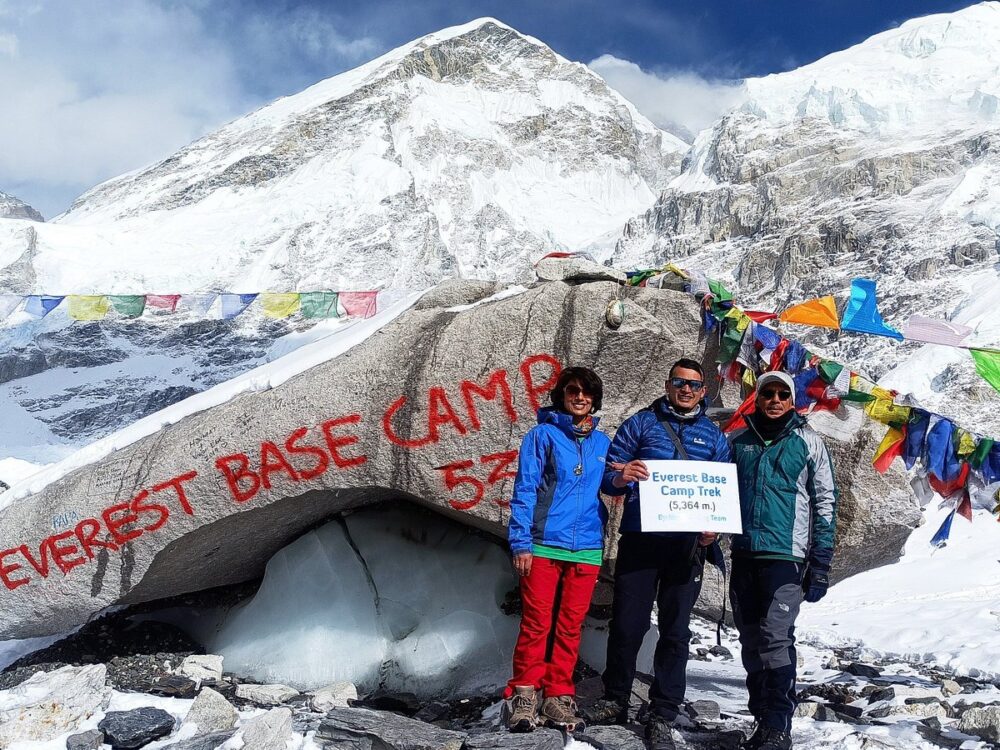Trekking to Everest Base Camp is a once-in-a-lifetime opportunity for the dreamers of the lofty mountains. It’s daring and requires much-focused preparation to embrace this mountain companion.
If you are one of them, you might have searched on the internet about it. There are countless articles written about Everest and but getting honest reviews and travel tips is hard. So, today, we bring you the most successful travel tips for the Everest Base Camp Tour.
Let’s have a look at 15 Everest Base Camp trekking tips by travel experts, one of the best trekking companies in Nepal.
- Gather accurate training information and do preliminary research.
- Prepare mentally and physically ahead of time through training.
- Make an itinerary that allows for extra days.
- Don’t underestimate the need for acclimatization.
- Equip your luggage with equipment.
- Use the services of a trekking company’s professionals.
- Mentally prepare for flight delays, diversions, and luggage restrictions.
- Be as independent as you can.
- Prefer roughness over comfort.
- Maintain a proper dietary lifestyle and hydration.
- Recognize and comprehend health issues.
- Skin care regimen
- Allow yourself plenty of time.
- Watch out for mules and yaks on the trail.
- Explore route options
1. Gather accurate training information and do preliminary research
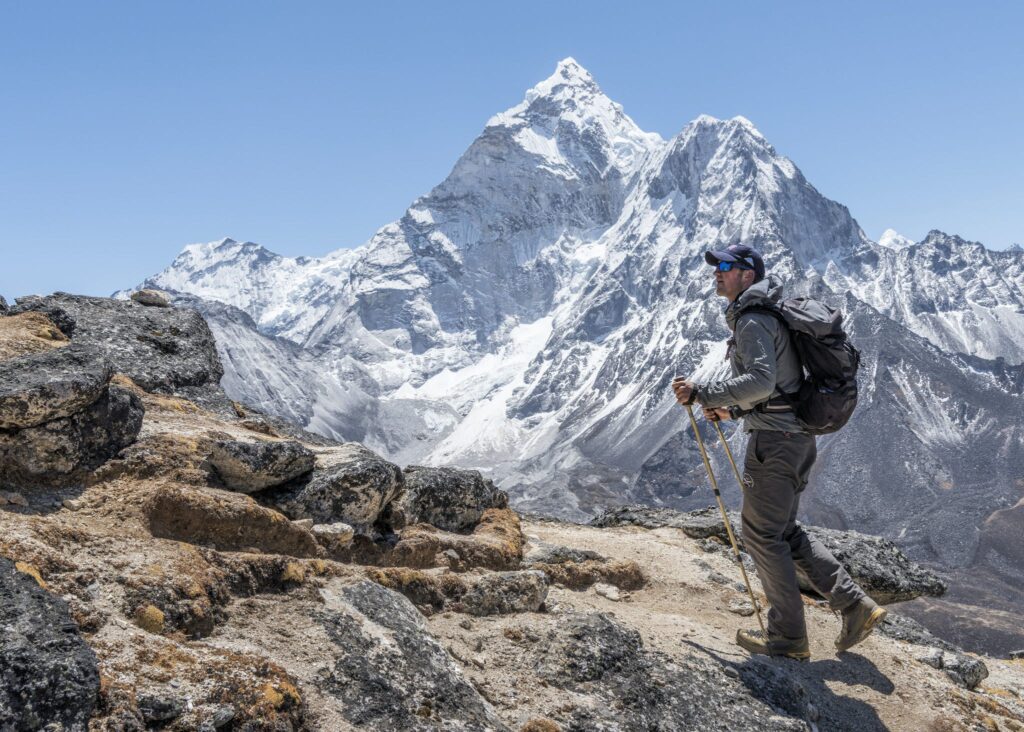
Source: lonelyplanet.com
The highlight of the EBC Trekking Tour is the gateway to the highest peak on the globe, as are nature’s obstacles in climate, suffering, acclimatization, and struggling tight paths.
One of the most efficient strategies to prepare for Everest Base Camp is to seek out relevant information. It is recommended to form a network of trekkers with diverse experiences. Getting advice from experienced EBC trekkers is the best way to discuss safety and success.
Among the numerous paths to Mount Everest, trekking on the traditional route is the most secure. A conceptual world of the journey that includes weather, training, teahouses, hotels, and anticipated obstacles is a requirement. A well-planned voyage with backup plans makes the journey smoother, even if unexpected events occur.
Also, planning the workout design is critical before climbing hills and mountains. Six to eight months of planning are recommended.
2. Prepare mentally and physically ahead of time through training
When preparing to take on this challenge, make sure to allow adequate time to train both physically and psychologically. Along with mental preparation, one should start tracking one’s fitness because the mountains can be deceitful at times.
Getting physically fit and strong is essential since the route to Everest Base Camp will include strength endurance, climbing, flexibility conditioning, cardiovascular endurance, and high-specific conditioning. It is also advised to hire a local trainer to work in the gym as a fitness instructor.
This individual-based approach will allow the trekker to receive individualized guidance on changes that he or she is responsible for as a trekker. Walking downhill, running, stretching, step mill training, and aerobic classes are all part of the holistic workout regimen.
Calves, hips, quadriceps, and the lower back are among the body areas that should be targeted for conditioning. Additionally, biking and swimming are moderate-intensity, sustained exercises to add to expedition preparation.
3. Make an itinerary that allows for extra days
It is preferable to arrange the schedule ahead of time. This should allow for flexibility in the event of airline delays, inclement weather, acclimatization, and weather difficulties that may impede the speed and estimated time. It is preferable to set aside some extra time in Nepal. It is keeping additional days when trekking is the smartest part of the schedule.
The more prepared the body is to travel the most significant distance possible, the easier it will be to build strength and conditioning. Professional advice can be sought from the outset of the planning process.
4. Don’t underestimate the need for acclimatization
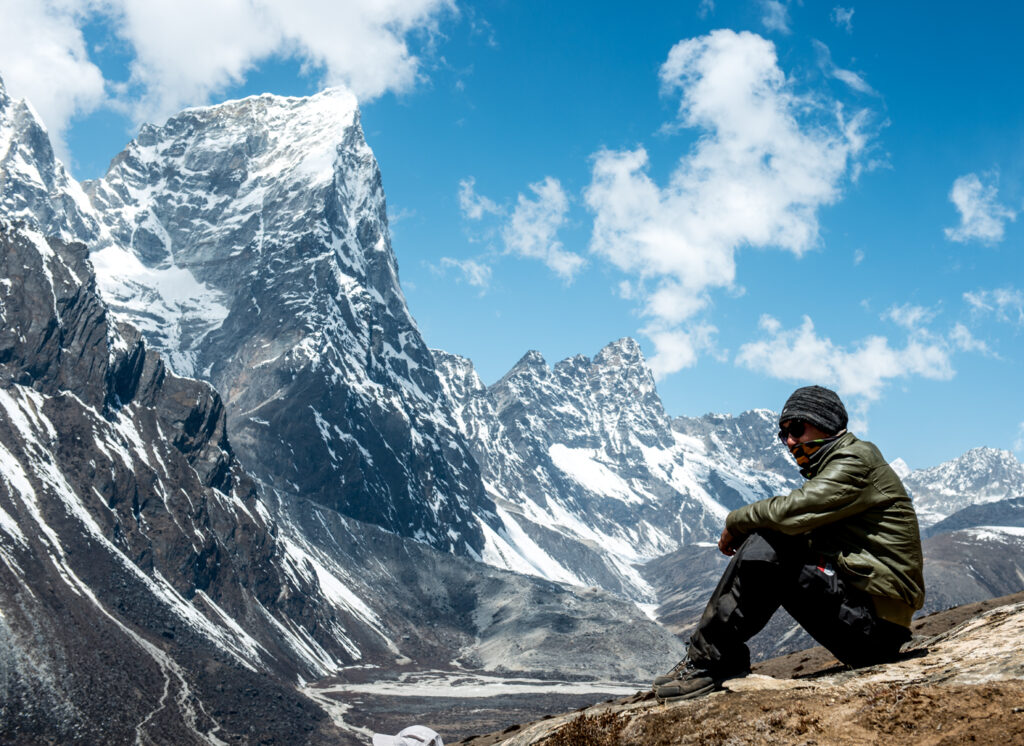
Source: iantaylortrekking.com
Before embarking on the actual trek, acclimatization is essential. Staying in Namche Bazaar can be the first step toward acclimatization. This is critical for success and safety.
Acclimatization should be maximized, and staying numerous nights in Namche is a comparatively safer option. It will increase the body’s ability to manufacture more red blood cells to survive in a low-oxygen environment.
This procedure will also lessen the likelihood of developing high altitude sickness. Everest Base Camp is difficult to get to and not easily accessible.
This is by far one of the most important tips for the Everest Base Camp Trek.
5. Equip your luggage with equipment
Having the proper quantity of clothing on the body is just as vital as preparing the body for physical endurance. Merino wool layers and comfortable fitment should not be overlooked.
This bag contains smaller but significant goods such as gloves, a down jacket, and other necessary supplies for the Everest Base Camp Trek.
High-quality trekking boots have breathable, waterproof, inelastic soles, are lightweight and warm, and provide excellent ankle support. Purchase comfortable footwear that provides adequate ankle support. Similarly, remember to take breaks in your trekking boots to avoid blisters and soreness.
6. Use the services of a trekking company’s professionals
Employees that have been taught over the years can be a valuable resource to educate and help trekkers reach Everest Base Camp (EBC). Learn about the professional trekking company’s service terms.
Hiring a competent trekking company such as Heaven Himalaya ensures the local guides’ knowledge and culture while also insuring their safety and communication issues. This enables better emergency services and navigation of aircraft delays, which can add value to the trekking experience.
After you have made up your mind, the Everest Base Camp Trek Package is one of the best trekking tours to look after.
7. Mentally prepare for flight delays, diversions, and luggage restrictions

Source: letsroam.com
The Lukla flight is the only means to reach Everest Base Camp (EBC). The flight, however, is dependent on excellent visibility in Kathmandu and Lukla due to great weather changes and geographical variations. As a result, flight delays and cancellations are regular flight stories.
If you don’t obtain a flight right away, carry snacks, a book, and so on. They can be stressful at times, and in these cases, hiring a professional trekking company can be beneficial. During peak season, most flights divert from Kathmandu to Ramechhap, 140 kilometers (85 miles) away.
The weight restrictions start at 10 kg (22 lbs), and carry-on luggage is limited to 5 kg (11 lbs). Carrying more luggage is conceivable, but it is not a sensible idea because any excess luggage must be carried to the summit by yourself or hired porters with extra charges.
8. Be as independent as you can
Trekking in a new place can be challenging, so it is critical to maintain a positive mindset and attitude. Wi-Fi is provided at most teahouses, and a local SIM card can be used to connect via communication. However, mobile phone coverage in the Highlands might be weak and unreliable.
Don’t rely on ATMs because they won’t be available once you start your walk from Namche; therefore, it’s advisable to bring enough cash for your needs plus a little extra for emergencies. Having warm clothing, a sleeping bag, a first aid kit, and medications that can prevent altitude sickness and other health problems are all recommended. It is best to get ready and bring the gear you’ll need to stay warm.
9. Prefer roughness over comfort
The Everest Base Camp (EBC) offers a remote and difficult environment. The tea houses lack luxury. The basic, scant cleaning standard necessitates manual flushing. It is time to prepare the wipes and hand sanitizer. Additionally, you must be prepared for cold and wet conditions like snowstorms and rain.
Before you travel, you should have your health checked. Additionally, become familiar with the maps, route, and nearby tourist office. Other necessary equipment for daily use and personal hygiene must be added. If you’re traveling in a group, you can use technologies like power banks, batteries, power adaptors, pin sockets, and multiplugs. Choose warm, cozy clothing to have the best possible trekking experience.
10. Maintain a proper dietary lifestyle and hydration
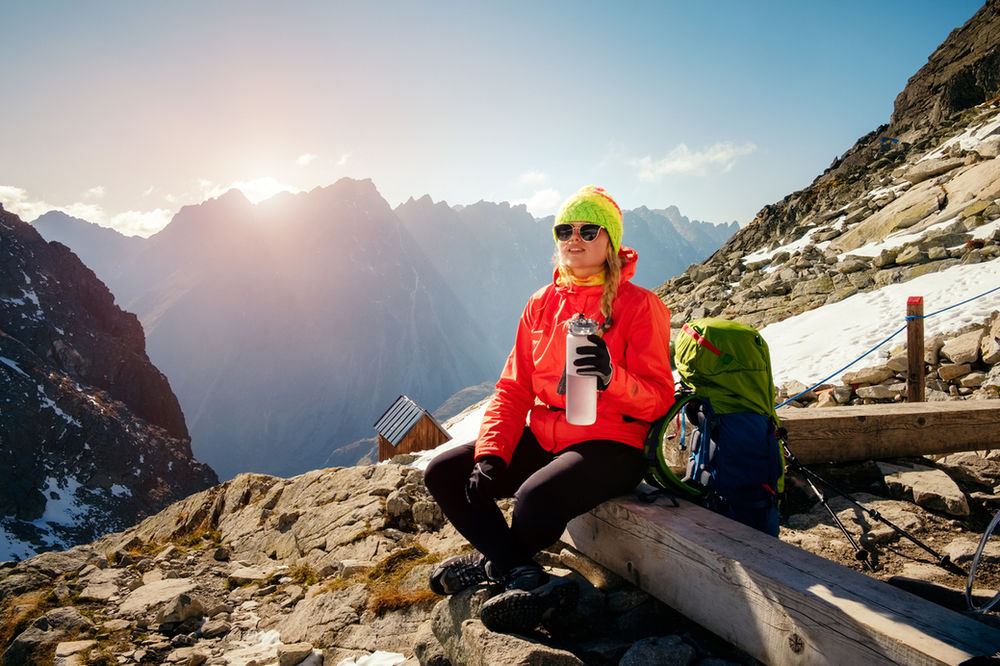
Source: wellnessworkdays.com
One thing to remember when preparing for the Everest Base Camp hike is to stay hydrated. Sunburn should be avoided, and the body should be exposed to the sun as little as possible. Hydrating the body before the hike will improve the body’s capacity in low-oxygen environments at high altitudes. Stay hydrated at all times.
Before embarking on the journey, it is critical to consume 4-5 liters of water. At high elevations, the body dehydrates significantly faster, so drinking plenty of water should be a major priority.
Feeding the body the proper amount of energy and food requirements is an important ritual for the walk. To avoid food-related health concerns, the lodges can provide the body with vital nutrients before the trip.
11. Recognize and comprehend health issues
Having vaccinations is not required while climbing at Everest Base Camp or in Nepal in general. However, it is one of the things executives advocate in Nepal because many viral infections have been eradicated in other nations.
The Nepal Tourism Board recently made it mandatory for international travelers to be vaccinated against the COVID virus (NTB).
12. Skin care regimen
The high altitude is extremely harmful to the skin, resulting in sunburns, sun blindness, blisters, wrinkles, and damaged skin. Sun protection and hydration are two crucial routines that no one should ever skip.
A wide-brimmed hat, sun-protective lip balm, sunglasses, sunscreen, and protective clothing are all essential. The prescription mountain glasses and protective cloth protect not only from solar radiation but also from wind.
13. Allow yourself plenty of time
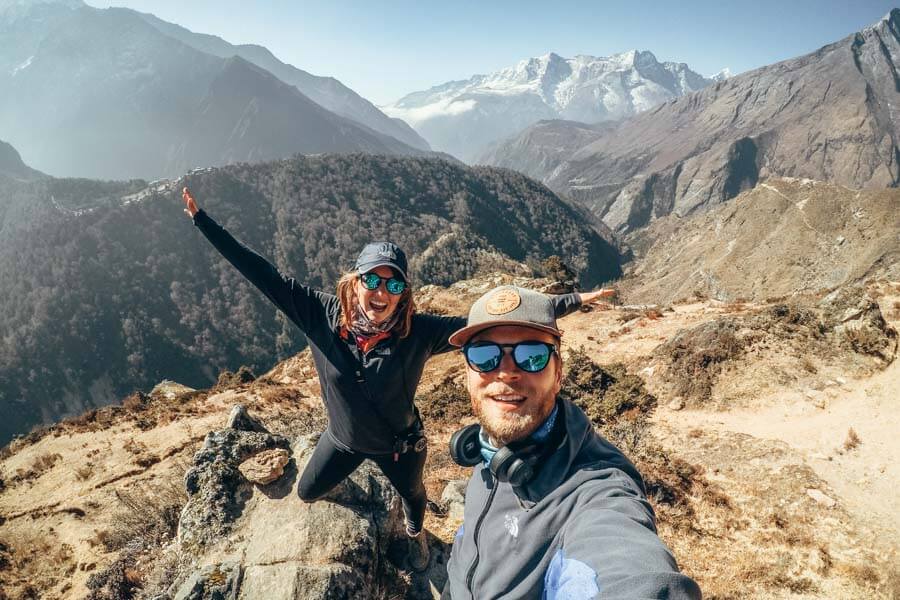
Source: torntackies.com
Trekking to Everest Base Camp is a personal experience. Taking a steady walk can be a good strategy to minimize weariness. To determine the number of days required for EBC trekking, speak with a tour guide or trekking professional.
However, it is not a race but rather a journey that should be prioritized based on the health benefits. It is critical to carry a minimum amount of luggage, stay hydrated, and take proper safety precautions. It’s preferable to take a few more days than to become ill in an unfamiliar trekking setting.
Because trekking in the Himalayas is a physically demanding endeavor, having enough sleep and recovering properly is critical.
14. Watch out for mules and yaks on the trail
Mules and yaks, as well as porters, are significant modes of transportation for transporting things up the mountain. Tumbling into each other is extremely common due to the narrowness of the pathways. Stay out if they are approaching close while ascending or getting off the trail.
Because a tiny nudge from the weights can be dangerous, these creatures may occasionally knock you off your feet or bite you along the trail’s mountainside. Porters, too, frequently carry huge and heavy items on their backs. You may crash with their loads and fall over the mountain if you are not attentive on the narrow trails.
15. Explore route options
Once you’ve decided to land at Everest Base Camp, you’ve already won half the battle. The geographical location of the mountainous country will familiarize you to some extent in terms of topography upon arrival. Nepal has a wide range of trekking challenges, ranging from easy to tough. If you are new to trekking, start with easier routes and places before venturing into EBC.
Else, take an Everest Base Camp Trek with a helicopter and return to Kathmandu.
The endurance skills are the foundation of the training for carrying the weighted backpack on the journey to the insect mountains. While trekking, smaller groups may be safer than larger groups.
One can select between a safe or classic path or explore alternate routes based on convenience, the number of extra days available, and the level of adventure desired.
So, these were 15 Everest Base Camp trekking tips from past travelers. Do you have any other helpful tips then please let us know.

